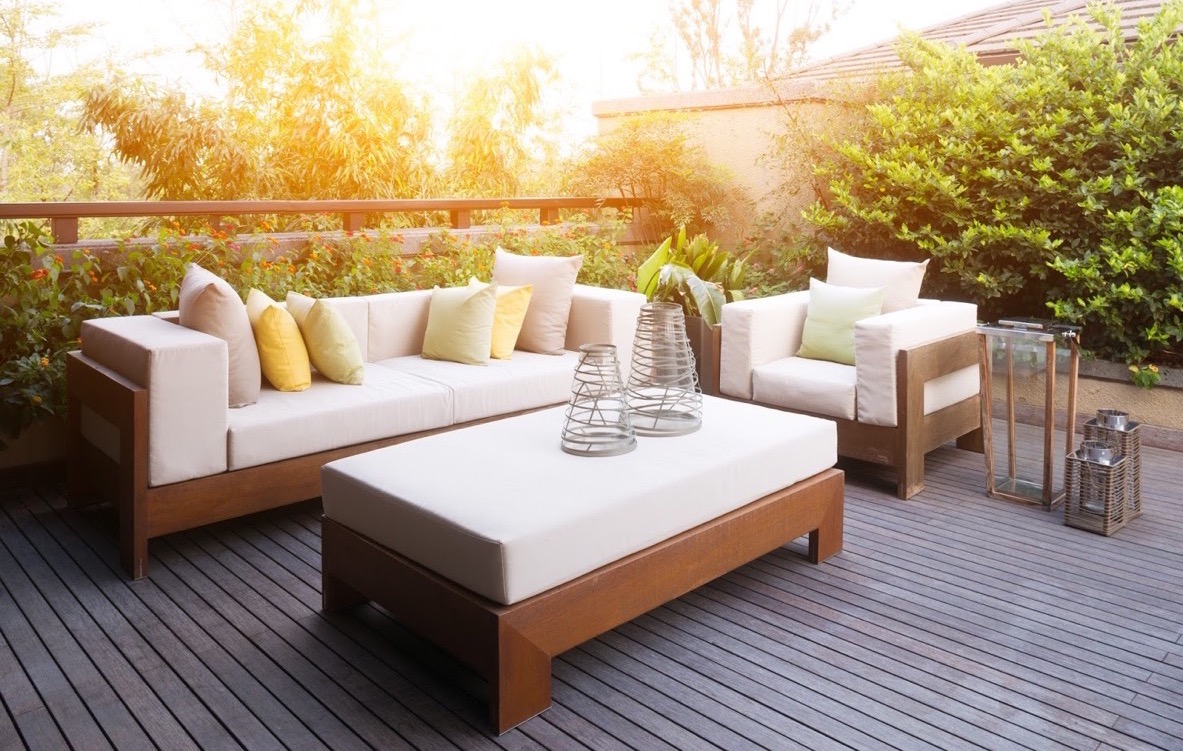

Articles
Outdoor Furniture And Fabric Ideas
Modified: January 7, 2024
Discover a variety of articles on outdoor furniture and fabric ideas to transform your outdoor space. Get inspired with the latest trends and expert tips.
(Many of the links in this article redirect to a specific reviewed product. Your purchase of these products through affiliate links helps to generate commission for Storables.com, at no extra cost. Learn more)
Introduction
When it comes to creating a beautiful and functional outdoor space, the right furniture and fabric play a crucial role. Outdoor furniture not only adds functionality to your patio, deck, or garden, but it also helps to create a welcoming and comfortable atmosphere for outdoor gatherings and relaxation.
Choosing the right outdoor fabrics is equally important, as they need to be durable, weather-resistant, and visually appealing. Whether you’re looking to revamp your existing outdoor furniture or starting from scratch, there are countless possibilities and ideas to explore.
In this article, we will delve into various aspects of outdoor furniture and fabric, including different types of outdoor furniture, tips for choosing the right fabrics, maintenance advice, and the latest trends. We will also provide inspirational ideas to help you transform your outdoor space into a stylish and inviting retreat.
Moreover, we will guide you through the process of buying outdoor furniture and fabric, from considering the size and layout of your outdoor area to understanding the care instructions for different materials. Additionally, we will explore sustainable outdoor furniture options and discuss how to select the right furniture and fabric for different weather conditions.
If you enjoy do-it-yourself projects, we will share some creative DIY outdoor furniture and fabric ideas that will allow you to personalize your space and save money. Lastly, we will cover ways to enhance your outdoor space by strategically incorporating furniture and fabric, creating a cohesive and aesthetically pleasing ambiance.
Whether you have a spacious backyard or a small balcony, this article will provide you with a comprehensive guide to outdoor furniture and fabric, offering practical tips, inspiring ideas, and expert advice. So, let’s dive in and discover how to create the outdoor oasis of your dreams!
Key Takeaways:
- Transform your outdoor space with the right furniture and fabrics, creating a stylish and inviting retreat for relaxation and entertainment. Consider sustainability, weather resistance, and personal style for a harmonious outdoor oasis.
- Maximize small outdoor areas with foldable furniture, vertical gardens, and multipurpose pieces, ensuring functionality and style in limited spaces. Personalize your outdoor space with DIY projects for a unique touch.
Read more: How To Replace Outdoor Furniture Fabric
Types of Outdoor Furniture
Outdoor furniture comes in a wide range of styles, materials, and designs, catering to different needs and preferences. Understanding the various types of outdoor furniture available will help you make an informed decision when selecting pieces for your outdoor space. Here are some popular types:
- Patio Dining Sets: Patio dining sets are perfect for outdoor entertaining and dining. They typically consist of a table and chairs, allowing you to enjoy meals with friends and family in the fresh air.
- Outdoor Sofas and Lounge Chairs: If you prefer a more relaxed seating option for your outdoor space, consider outdoor sofas and lounge chairs. These pieces provide comfort and style, perfect for lounging and socializing.
- Adirondack Chairs: Adirondack chairs are a classic choice for outdoor seating. These chairs are known for their wide armrests, slanted seat, and comfortable design. They are often made from wood or recycled plastic materials.
- Hammocks and Swings: For a touch of relaxation and whimsy, hammocks and swings are a great addition to any outdoor space. They provide a cozy spot for reading, napping, or simply enjoying the gentle sway of the breeze.
- Outdoor Benches: Outdoor benches are versatile and can be placed in various areas of your outdoor space. They offer additional seating and can be used to create cozy nooks or seating areas along pathways or near gardens.
- Poolside Lounge Chairs: If you have a pool or plan on having one, poolside lounge chairs are a must-have. These chairs are specifically designed to withstand exposure to water and sun, providing a comfortable spot for sunbathing and relaxation.
- Bistro Sets: Bistro sets are perfect for smaller outdoor spaces, such as balconies or patios. They usually consist of a small table and two chairs, creating a cozy and intimate setting for morning coffee or afternoon tea.
When selecting outdoor furniture, consider the materials used, as they play a significant role in the durability and maintenance of the pieces. Common materials include wood, metal, wicker, and plastic. Each material has its own unique characteristics and requires different levels of care.
Now that you have a better understanding of the types of outdoor furniture available, you can begin envisioning how each piece can complement your outdoor space. Remember to consider the size, layout, and functionality of your area to make the best choice for your outdoor furniture needs.
Choosing the Right Outdoor Fabrics
When it comes to outdoor fabrics, durability and weather resistance are key factors to consider. Outdoor fabrics need to withstand exposure to sunlight, rain, humidity, and other outdoor elements without fading, staining, or deteriorating. Here are some tips to help you choose the right outdoor fabrics for your furniture:
- Sun and Fade Resistance: Look for outdoor fabrics that are specifically designed to resist fading and damage caused by prolonged exposure to sunlight. Fabrics with UV protection or those labeled as “fade-resistant” are good options. Solution-dyed acrylic fabrics are particularly renowned for their fade-resistant properties.
- Water and Stain Repellency: Outdoor fabrics should be water repellent and resistant to stains. Opt for fabrics that have been treated with a waterproof or water-repellent coating, as they will help prevent water absorption and minimize the risk of mold and mildew formation.
- Mold and Mildew Resistance: Outdoor fabrics should be resistant to mold and mildew growth, especially in humid or damp climates. Look for fabrics that have been treated or woven with anti-microbial properties to inhibit the growth of mold and mildew.
- Easy Maintenance: Choose outdoor fabrics that are easy to clean and maintain. Fabrics that can be easily spot-cleaned or machine-washed are ideal for outdoor use. Additionally, fabrics that resist dirt and stains will save you time and effort in cleaning.
- Durability: Outdoor fabrics need to be durable enough to withstand regular use and the rigors of outdoor conditions. Consider fabrics that are made from strong and long-lasting materials, such as solution-dyed acrylic, polyester blends, or outdoor vinyl.
- Color and Pattern Options: Outdoor fabrics come in a wide array of colors, patterns, and designs. Consider the overall aesthetic of your outdoor space and select fabrics that complement the existing decor or create a desired theme.
Outdoor cushions, pillows, and umbrellas are great opportunities to add pops of color and patterns to your outdoor furniture. Incorporating different textures and designs can create visual interest and personalization.
It’s also worth mentioning that while traditional fabrics like cotton and silk may be suitable for indoor use, they are not recommended for outdoor environments. These materials are not designed to withstand prolonged exposure to the elements and may quickly deteriorate.
By carefully considering the features mentioned above, you can ensure that your outdoor fabric choices will not only be visually appealing but also practical and long-lasting. High-quality outdoor fabrics will help maintain the beauty and functionality of your outdoor furniture for years to come.
Outdoor Furniture Maintenance Tips
Proper maintenance is crucial for prolonging the life and appearance of your outdoor furniture. Regular care and upkeep will not only keep your furniture looking its best but also help prevent damage from the elements. Here are some maintenance tips to keep in mind:
- Clean Regularly: Dust, dirt, leaves, and other debris can accumulate on outdoor furniture, so it’s important to clean it regularly. Use a soft brush or cloth to gently remove any surface dirt. For more extensive cleaning, follow the manufacturer’s instructions for your specific furniture material.
- Protect from Harsh Weather: During extreme weather conditions, such as heavy rain or snowstorms, it’s best to protect your outdoor furniture by covering it or moving it to a more sheltered area. This will prevent damage and prolong the life of your furniture.
- Store During Off-Season: If possible, store your outdoor furniture during the off-season or when it’s not in use. This will protect it from prolonged exposure to the elements and minimize the risk of damage. Clean and dry the furniture thoroughly before storing to prevent mold and mildew growth.
- Apply Protective Coatings: Depending on the material of your outdoor furniture, you may need to apply protective coatings to enhance its durability and resistance to the elements. For example, wood furniture may benefit from a fresh coat of sealant or protective oil, while metal furniture can be treated with rust-resistant paint or a protective spray.
- Inspect and Repair: Regularly inspect your outdoor furniture for any signs of wear or damage. Replace or repair any loose screws, hinges, or broken parts to maintain the structural integrity of the furniture. Promptly address any issues to prevent further damage.
- Keep Cushions and Fabrics Clean: If your outdoor furniture includes cushions or fabrics, make sure to clean them according to the manufacturer’s instructions. Remove any stains promptly to prevent them from setting in. If possible, store cushions in a dry and protected area when not in use.
- Protect Wood Furniture: Wood furniture requires special care to prevent it from deteriorating. Avoid placing hot dishes or glasses directly on wooden surfaces to prevent heat damage. Use coasters or placemats under items to protect the wood from moisture and stains.
Remember, proper maintenance is essential for preserving the appearance and functionality of your outdoor furniture. By following these tips, you can enjoy your outdoor space for years to come and ensure that your furniture remains in excellent condition.
Outdoor Furniture and Fabric Trends
Outdoor furniture and fabric trends are constantly evolving, offering new styles, materials, and designs to enhance your outdoor space. Staying up-to-date with the latest trends can help you create a stylish and modern outdoor oasis. Here are some outdoor furniture and fabric trends to inspire your outdoor makeover:
- Minimalist Designs: Minimalism continues to be a popular trend in outdoor furniture, characterized by clean lines, simple silhouettes, and a focus on functionality. Minimalist furniture often features sleek materials like metal or teak wood and is perfect for creating a contemporary outdoor space.
- Mixed Material Combinations: Combining different materials is an emerging trend in outdoor furniture. Mixing materials like metal, wood, and wicker adds visual interest and creates a unique and eclectic look. For example, you could pair a teak wood dining table with metal chairs or combine wicker and aluminum in a lounge set.
- Eco-Friendly Options: With a growing emphasis on sustainability, eco-friendly outdoor furniture options are gaining popularity. Look for furniture made from recycled materials, such as plastic or reclaimed wood. Additionally, organic and biodegradable fabrics like bamboo and hemp are being used for outdoor cushions and upholstery.
- Vibrant Colors and Patterns: Bold and vibrant colors are making a comeback in outdoor furniture. From deep blues and greens to vibrant yellows and oranges, adding pops of color can instantly liven up your outdoor space. In terms of patterns, tropical prints, geometric designs, and botanical motifs are trending.
- Modular and Versatile Pieces: Modular outdoor furniture allows for versatility and customization. These pieces can be rearranged and configured to suit different seating arrangements and space requirements. Consider modular sectionals, ottomans, and coffee tables for a flexible and functional outdoor setup.
- Indoor-Outdoor Blending: Blurring the boundaries between indoor and outdoor spaces is a popular trend. Outdoor furniture is being designed to mimic indoor styles, with upholstered pieces, throw pillows, and rugs that are suitable for outdoor use. This trend aims to create a cozy and seamless transition from indoor to outdoor living.
In terms of fabrics, performance fabrics with advanced features are highly sought after. These fabrics are designed to be durable, fade-resistant, stain-resistant, and easy to clean. They can withstand exposure to the sun, rain, and other outdoor elements without compromising on style and comfort.
As with any trend, it’s essential to choose what resonates with your personal style and preferences. While trends can provide inspiration, it’s crucial to select furniture and fabrics that will stand the test of time and align with your outdoor space’s overall aesthetic.
By incorporating the latest trends in outdoor furniture and fabrics, you can create a stylish and up-to-date outdoor space that reflects your personality and becomes an extension of your home.
Read more: How To Clean Outdoor Furniture Fabric
Outdoor Furniture and Fabric Inspirations
Looking for some inspiration to transform your outdoor space? Whether you have a small balcony, a spacious patio, or a sprawling garden, there are endless possibilities to create a beautiful and inviting outdoor oasis. Here are some outdoor furniture and fabric inspirations to get your creative juices flowing:
- Rustic Charm: Create a charming rustic retreat by incorporating natural elements into your outdoor space. Choose wooden furniture with a distressed or weathered finish for a rustic look. Pair it with neutral-colored cushions and add cozy throw blankets for a touch of warmth and comfort.
- Tropical Paradise: Bring the feel of a tropical paradise to your outdoor area with lush greenery, vibrant floral prints, and rattan furniture. Opt for bold and tropical-patterned fabrics for your cushions and accent pieces. Don’t forget to add some potted palms or bamboo plants for an authentic tropical vibe.
- Contemporary Elegance: Create a sleek and sophisticated outdoor space with contemporary furniture pieces and minimalist designs. Choose furniture with clean lines and neutral colors like black, gray, and white. Add pops of color with throw pillows or a vibrant outdoor rug. Complete the look with minimalist lighting fixtures for a modern touch.
- Coastal Retreat: Embrace the calming vibes of the coast with a coastal-inspired outdoor space. Incorporate light-colored furniture made of wicker or rattan. Choose fabrics in shades of blues, whites, and sandy neutrals to mimic the beachy feel. Add nautical-themed accessories like ropes or seashell accents for a coastal touch.
- Bohemian Oasis: Create a bohemian-inspired outdoor retreat with a mix of patterns and textures. Choose furniture with a vintage or eclectic look, such as a colorful mosaic table or a hanging swing. Layer different patterned cushions and mix and match fabrics to create a free-spirited vibe. Don’t shy away from using vibrant colors and adding decorative elements like dreamcatchers or macrame plant hangers.
When selecting outdoor fabrics, consider the overall theme and aesthetic you want to create. Opt for durable fabrics that can withstand outdoor conditions while adding style to your space. Solid-colored fabrics can be versatile and timeless, while patterned fabrics can add a playful or sophisticated touch, depending on your preference.
Remember to take the size and layout of your outdoor space into consideration. If you have a small balcony, choose compact and foldable furniture pieces that maximize space. For larger areas, create distinct zones using furniture groupings or outdoor rugs to define separate areas for dining, lounging, and entertaining.
Use outdoor furniture and fabric inspirations as a starting point to visualize your dream outdoor space. Let your creativity soar and mix and match different styles, colors, and materials to create a personalized and inviting outdoor oasis that suits your taste and lifestyle.
Outdoor Furniture and Fabric Buying Guide
When it comes to buying outdoor furniture and fabric, there are several factors to consider to ensure you make the right choices for your outdoor space. From measuring your space to understanding the quality and durability of materials, here is a comprehensive guide to help you make informed decisions:
- Measure Your Space: Before you start shopping for outdoor furniture, measure the available space in your outdoor area. Take note of any existing features or obstacles, like trees, walls, or slopes, that may impact the layout and size of furniture you can accommodate.
- Consider Your Needs: Think about how you will be using your outdoor space. Do you need a dining area to entertain guests, a lounge area for relaxation, or a versatile space for both? Understanding your needs and priorities will help you narrow down the types of furniture and fabric you require.
- Choose Quality Materials: Select outdoor furniture and fabric made from durable and weather-resistant materials. Look for furniture that is made from materials like teakwood, aluminum, or synthetic wicker, known for their durability. For fabric, opt for solution-dyed acrylic, polyester blends, or outdoor vinyl, as they withstand outdoor conditions well.
- Check the Construction: Examine the construction of the furniture, paying attention to the joints, screws, and welds. Ensure that the pieces are sturdy and well-constructed, as this will contribute to their longevity and ability to withstand outdoor elements.
- Consider Maintenance Requirements: Different materials and fabrics have varying maintenance needs. Consider the time and effort you are willing to put into maintaining your outdoor furniture. For example, wood furniture may require periodic sealing or oiling, while aluminum furniture is generally low-maintenance.
- Test Comfort and Ergonomics: When choosing outdoor furniture, consider the comfort and ergonomics of the pieces. Sit on chairs, lounge on sofas, and test the cushions to ensure they provide the level of comfort you desire. Remember, outdoor furniture should be as comfortable as indoor furniture.
- Verify Warranty and Return Policy: Check the warranty and return policy of the furniture and fabric you’re considering. A good warranty can provide peace of mind, while a flexible return policy can be helpful in case you’re not satisfied with your purchase.
- Compare Prices and Research Brands: Take the time to compare prices and research brands to ensure you’re getting the best value for your investment. Read customer reviews and examine the reputation of the brand to make an informed decision.
- Test Fabric Durability and Waterproofing: If purchasing outdoor fabric, it’s important to test its durability and waterproofing capabilities. Look for fabrics that are specifically designed for outdoor use and have been treated to resist fading, stains, and water absorption. Ask for fabric samples if available.
By following this comprehensive guide, you can navigate the process of buying outdoor furniture and fabric with ease. Remember to prioritize quality, durability, and comfort, while also considering the specific needs and style of your outdoor space. With the right choices, you can create an outdoor area that is both functional and visually appealing.
When choosing outdoor furniture, opt for materials like teak, cedar, or metal that are weather-resistant and durable. For fabric, look for options labeled as outdoor or performance fabric, which are designed to withstand the elements.
Outdoor Furniture and Fabric Care Instructions
Proper care and maintenance are essential to keep your outdoor furniture and fabric looking their best and prolong their lifespan. Different materials and fabrics require specific care instructions to ensure they remain in optimal condition. Here are some general care instructions to guide you:
- Wood Furniture: Wood furniture requires regular cleaning to remove dirt and debris. Use a soft brush or cloth to gently wipe the surfaces. Apply a sealant or protective oil annually to prevent cracking or drying out. In harsh weather conditions, cover or store wooden furniture to protect it from moisture and sun damage.
- Metal Furniture: Metal furniture usually requires minimal maintenance. Wipe the surfaces with a soft cloth dampened with water and mild soap to remove dirt and grime. To prevent rust, touch up any chipped paint or apply a rust-resistant spray. Cover furniture during the off-season if possible.
- Wicker Furniture: Regularly vacuum or brush wicker furniture to remove loose dirt and debris. Clean with a solution of water and mild soap, using a soft brush to reach crevices. Rinse well and allow the furniture to dry completely. Avoid excessive moisture and cover during inclement weather.
- Plastic Furniture: Plastic furniture is relatively low-maintenance. Wipe it down with a mixture of water and mild detergent, and rinse with water. Avoid using abrasive cleaners or harsh chemicals that may damage the plastic. Cover furniture to protect it from prolonged exposure to sunlight, which can cause fading or cracking.
- Outdoor Cushions and Fabrics: Review the care instructions provided by the manufacturer for specific cleaning recommendations. Most outdoor fabrics can be spot-cleaned with mild detergent and water. For removable cushion covers, unzip or remove them and clean separately. Allow cushions and fabrics to air dry thoroughly before using or storing them.
In addition to these general care instructions, there are a few essential tips to keep in mind:
- Regular Cleaning: Regularly clean your outdoor furniture and fabric to prevent the buildup of dirt and stains. This not only keeps your outdoor space looking fresh but also helps maintain the integrity of the materials.
- Protective Covers: Consider using protective covers when your outdoor furniture is not in use, especially during inclement weather or the off-season. Covers can help prolong the life of your furniture by shielding it from the elements.
- Store During Extreme Weather: If you live in an area with harsh winters or intense summers, consider storing your outdoor furniture and fabric indoors during extreme weather conditions. This will help protect them from extreme temperatures, humidity, and other potential damage.
- Inspect Regularly: Periodically inspect your outdoor furniture and fabric for signs of wear, damage, or loose parts. Promptly address any issues, such as tightening screws or replacing worn-out cushions, to prevent further damage.
Following these care instructions will help keep your outdoor furniture and fabric in optimal condition, ensuring that you can enjoy your outdoor space for years to come. By investing a little time and effort into maintenance, you’ll be able to preserve the beauty and functionality of your outdoor furnishings.
Outdoor Furniture and Fabric Ideas for Small Spaces
Having a small outdoor space doesn’t mean you have to compromise on style or functionality. With thoughtful planning and the right furniture and fabric choices, you can maximize your small outdoor area and create a cozy and inviting retreat. Here are some ideas to inspire your small space outdoor design:
- Foldable Furniture: Opt for foldable or collapsible furniture pieces that can be easily stored and set up as needed. Folding chairs, tables, and benches are practical options that can be tucked away when not in use, allowing you to maximize your space.
- Vertical Gardens: If floor space is limited, consider incorporating vertical gardens. Install wall-mounted planters or hanging baskets to add greenery and create a vibrant atmosphere. Vertical gardens not only enhance the aesthetic appeal of your outdoor space but also save precious floor space.
- Multipurpose Furniture: Look for furniture pieces that serve multiple functions. For example, opt for a bench with built-in storage space, or choose a coffee table that doubles as a dining table. This way, you can have furniture that meets your seating and storage needs without taking up extra space.
- Bistro Sets: Bistro sets are perfect for small outdoor spaces such as balconies or compact patios. These sets typically consist of a small table and two chairs, providing a cozy spot for morning coffee or intimate conversations. Choose foldable bistro sets for added convenience.
- Modular Seating: Modular seating allows you to customize your seating arrangement to fit your space. Consider sectional sofas with modular pieces that can be rearranged to create different configurations. This flexibility is ideal for small spaces as it allows you to maximize seating without overwhelming the area.
- Lightweight Furniture: Opt for lightweight furniture that can be easily moved around as needed. Lightweight chairs or stools can be used as extra seating when guests visit, or you can rearrange the furniture to create different seating arrangements for various activities.
- Strategic Placement: Place furniture strategically to make the most of your small space. Utilize corners and wall areas and arrange furniture in a way that creates an open and inviting atmosphere. Ensure there is enough room to move around comfortably without feeling cramped.
- Mirrors and Lighting: Incorporate mirrors and lighting to visually expand your small outdoor space. Hang mirrors strategically to create an illusion of depth and make the area feel larger. Use lighting to highlight focal points and add ambiance for evening gatherings.
When it comes to fabrics, choose light and airy materials that won’t overpower the space. Opt for fabrics in neutral colors or pastel shades to create a sense of openness. Consider incorporating cushions, pillows, and rugs in similar color palettes to add comfort and style to your small outdoor area.
Remember, the key is to be intentional with your choices and prioritize functionality in a small space. With creative ideas and smart furniture arrangements, you can transform your small outdoor area into a cozy and enjoyable retreat.
Sustainable Outdoor Furniture and Fabric Options
As we become more conscious of the environmental impact of our choices, sustainable outdoor furniture and fabric options have gained popularity. Choosing sustainable materials not only helps reduce our carbon footprint but also promotes a healthier and more eco-friendly outdoor space. Here are some sustainable outdoor furniture and fabric options to consider:
- Recycled Plastic: Outdoor furniture made from recycled plastic is a sustainable choice. It takes discarded plastics, such as milk jugs and plastic bottles, and transforms them into durable and weather-resistant furniture. Recycled plastic furniture is easy to clean, long-lasting, and doesn’t require staining or sealing.
- Teak Wood: Teak wood is a popular choice for outdoor furniture due to its natural durability and resistance to harsh weather conditions. Look for teak wood that is certified by the Forest Stewardship Council (FSC), ensuring it comes from responsibly managed forests. Opt for reclaimed teak wood, which repurposes wood from old buildings or structures.
- Aluminum: Aluminum is a highly recyclable material, making it an excellent sustainable choice for outdoor furniture. Look for furniture made from recycled aluminum, which is created by melting down and repurposing scrap aluminum. Recycled aluminum furniture is lightweight, resistant to rust, and can be easily recycled again at the end of its lifespan.
- Bamboo: Bamboo is a fast-growing and renewable resource, making it a sustainable alternative to traditional wood. Outdoor furniture made from bamboo is durable, lightweight, and has a natural aesthetic appeal. Look for bamboo furniture that is certified as sustainably sourced and harvested.
- Organic Fabrics: When choosing outdoor fabrics, consider organic options made from natural fibers like hemp or organic cotton. Organic fabrics are produced without the use of harmful pesticides or chemicals, making them safer for the environment and healthier for you and your family. These fabrics are biodegradable and have a lower impact on the environment compared to synthetic materials.
- Sunbrella Fabrics: Sunbrella is a brand known for its high-quality and sustainable outdoor fabrics. Their fabrics are made from solution-dyed acrylic fibers, which are fade-resistant, water-repellent, and easy to clean. Sunbrella fabrics are also GREENGUARD certified, meaning they meet strict standards for air quality, making them a safe and sustainable option.
- Eco-Friendly Cushions: Look for outdoor cushions that are made from recycled materials or filled with eco-friendly fibers. Some companies offer cushions made from recycled plastic bottles or natural fibers like bamboo or hemp. These cushions provide comfort while reducing waste and the use of virgin materials.
When purchasing sustainable outdoor furniture and fabric, it’s important to consider the overall lifespan and durability of the products. Investing in high-quality and long-lasting pieces will minimize the need for replacement, reducing waste in the long run.
By choosing sustainable outdoor furniture and fabric options, you can create an eco-friendly outdoor space that aligns with your values and helps promote a greener future.
Outdoor Furniture and Fabric for Different Weather Conditions
When selecting outdoor furniture and fabric, it’s important to consider the weather conditions in your area. Different climates and weather patterns require specific materials and fabrics that can withstand the elements and prolong the lifespan of your outdoor furnishings. Here are some recommendations for different weather conditions:
- Hot and Dry Climate: In hot and dry climates, consider materials that can withstand the intense heat and lack of moisture. Aluminum and cast iron furniture are ideal choices as they are lightweight and resistant to corrosion. Fabrics made from solution-dyed acrylic or synthetic blends are also suitable, as they resist fading and are water-repellent.
- Humid Climate: Humid climates can be challenging for outdoor furniture and fabric, as moisture can lead to mold, mildew, and fabric deterioration. Opt for materials like teak, resin wicker, or aluminum furniture, as they are resistant to humidity. Fabrics with anti-microbial properties or special coatings that inhibit mold and mildew growth are recommended.
- Coastal Climate: Coastal areas present unique challenges with salt air and high levels of moisture. Choose materials that are highly resistant to corrosion and rust, such as stainless steel or marine-grade aluminum. Coastal climates can be harsh on fabrics, so consider fabrics made from acrylic or polyester blends that are fade-resistant and able to withstand salty air.
- Cold Climate: In cold climates, furniture and fabric need to withstand freezing temperatures and heavy snowfall. Materials like teak, cedar, or wrought iron are durable and can handle cold weather conditions. Fabrics made from heavy-duty polyester or vinyl are recommended, as they are moisture-resistant and can withstand freezing temperatures without damage.
- Windy Climate: For areas prone to strong winds, opt for furniture with a sturdy and heavy construction that won’t easily tip over. Choose materials like wrought iron or aluminum, as they are more wind-resistant. Fabrics with tight weaves or heavier weights can also help withstand strong winds without tearing or fraying.
Regardless of the weather conditions, it’s important to provide proper maintenance and protection to your outdoor furniture and fabric. Using furniture covers, storing furniture during extreme weather, and regular cleaning can help prolong their lifespan.
Additionally, consider adding extra layers of protection by applying sealants or protective coatings to your furniture and using fabric treatments that offer additional water and stain resistance. Following the manufacturer’s care instructions and conducting regular inspections will help identify any issues and address them promptly.
By selecting outdoor furniture and fabric that are specifically designed to withstand the weather conditions in your area, you can ensure that your outdoor space remains functional, comfortable, and visually appealing for years to come.
DIY Outdoor Furniture and Fabric Projects
If you’re the creative and adventurous type, why not try your hand at DIY outdoor furniture and fabric projects? Not only can DIY projects save you money, but they also allow you to personalize your outdoor space and create unique pieces that suit your style. Here are some DIY ideas to inspire your outdoor creations:
- Pallet Furniture: Transform wooden pallets into stylish and functional outdoor furniture pieces. With a little sanding and sealing, pallets can be turned into outdoor sofas, coffee tables, or even vertical planters. Add cushions and decorative fabrics to complete the look.
- Cinder Block Seating: Repurpose cinder blocks as the base for outdoor benches or seating. Stack the blocks and secure them with a strong adhesive. Add cushions or outdoor fabric-covered foam pads to the top for a comfortable seating area.
- Repurposed Tires: Give old tires a new life by creating unique outdoor seating options. Paint and stack the tires to form stools, ottomans, or even a colorful tire swing. Use outdoor fabric to cover the seats or add cushions for added comfort.
- Upcycled Garden Bench: Repurpose an old headboard or wooden doors to create a charming garden bench. Remove any unnecessary parts, sand and paint the wood, then attach it to sturdy legs. Finish off with outdoor cushions or fabric upholstery.
- Hanging Macrame Chair: Create a cozy and relaxing spot by making your own macrame hanging chair. You can find macrame chair patterns online and use sturdy ropes or thick cords to execute the design. Customize with cushions and pillows made from outdoor fabric for added comfort.
- Outdoor Rug Painting: Add a pop of color to your outdoor space by painting a pattern or design on a plain outdoor rug. Use stencils or tape to create your desired design, then use outdoor fabric paint to add colors. Finish with a clear sealant to protect the design from the elements.
- Tile Mosaic Tabletop: Add a touch of artistry to an old or plain outdoor table by creating a beautiful tiled mosaic on the tabletop. Break ceramic tiles into pieces, arrange them in a pattern or design of your choice, and adhere them to the tabletop using outdoor tile adhesive. Fill the gaps with grout and seal the surface for durability.
Before starting any DIY projects, ensure that you have the necessary tools, materials, and skills required for the project. Take proper safety precautions, such as wearing protective gear and working in a well-ventilated area.
Remember, the possibilities for DIY outdoor furniture and fabric projects are endless. Let your creativity run wild and personalize your outdoor space with handmade pieces that reflect your style and bring a sense of accomplishment.
Happy crafting!
Enhancing Outdoor Spaces with Furniture and Fabrics
Outdoor furniture and fabrics play a vital role in transforming outdoor spaces into inviting and functional areas for relaxation, entertainment, and enjoyment. The right combination of furniture and fabrics can enhance the aesthetics and comfort of your outdoor space, creating a harmonious and welcoming environment. Here are some tips for enhancing outdoor spaces with furniture and fabrics:
- Create Zones: Divide your outdoor space into zones to cater to different activities. Designate areas for dining, lounging, and entertaining. Use furniture arrangement and placement to delineate these zones and create a sense of purpose for each area.
- Choose a Focal Point: Select a focal point in your outdoor space, such as a fire pit, water feature, or outdoor sculpture. Arrange furniture and fabrics around the focal point to create a cohesive and inviting atmosphere. This not only adds visual interest but also encourages interaction and conversation.
- Add Color and Patterns: Inject pops of color and patterns into your outdoor space through furniture cushions, pillows, and fabrics. Choose colors that complement your outdoor surroundings or create a desired theme. Use patterns and prints to add visual interest and personality to your space.
- Mix and Match: Experiment with different furniture styles and materials to create an eclectic and unique look. Mix materials like wood, metal, and wicker to add texture and depth. Combining different furniture pieces and fabric patterns can result in a visually appealing and dynamic outdoor space.
- Coordinated Aesthetics: Maintain a coordinated look by selecting fabrics and furniture pieces that complement each other. Choose fabrics that coordinate with the color palette of your outdoor space and ensure that the style of your furniture is in harmony with the overall aesthetic. This will create a cohesive and polished look.
- Consider Comfort: Outdoor furniture should not only be visually appealing but also comfortable. Invest in quality cushions and upholstery made from outdoor fabrics that are weather-resistant and provide optimal comfort. Adding plush pillows, soft blankets, and outdoor rugs also contributes to the overall comfort of your outdoor space.
- Accessorize: Enhance the ambiance of your outdoor space by adding accessories such as outdoor lanterns, string lights, and decorative planters. These accessories can add a touch of charm and create a cozy and inviting atmosphere for evenings outdoors.
- Maximize Functionality: Choose furniture that serves a dual purpose and maximizes functionality. Look for items with built-in storage, such as outdoor benches or coffee tables, to hide away cushions, pillows, or small outdoor essentials. Opt for furniture that is lightweight and easy to move to accommodate different seating arrangements or activities.
Remember to consider the size and layout of your outdoor space when selecting furniture and fabrics. A well-designed and thoughtful arrangement will optimize the flow and functionality of your outdoor area.
By enhancing your outdoor spaces with carefully selected furniture and fabrics, you can create an inviting and functional environment that reflects your personal style and allows you to make the most of your outdoor living.
Conclusion
Outdoor furniture and fabric play a significant role in creating a beautiful, comfortable, and inviting outdoor space. By choosing the right furniture and fabrics, you can transform your outdoor area into a retreat where you can relax, entertain, and enjoy the natural surroundings.
In this article, we explored different types of outdoor furniture, from patio dining sets to hammocks and swings, and discussed the importance of choosing the right outdoor fabrics that are durable, weather-resistant, and visually appealing. We also provided maintenance tips to help you keep your outdoor furniture and fabric in excellent condition.
We delved into the latest trends in outdoor furniture and fabric, showcasing minimalist designs, mixed material combinations, eco-friendly options, vibrant colors and patterns, and indoor-outdoor blending. These trends can inspire you to create a stylish and modern outdoor space.
For those with small outdoor spaces, we offered ideas to maximize the functionality and beauty of your area. From foldable furniture to strategic placement and lightweight options, there are numerous possibilities to create a cozy and inviting retreat in a limited space.
We highlighted the importance of sustainability and provided recommendations for sustainable outdoor furniture and fabric options. Choosing eco-friendly materials helps reduce our environmental impact and promotes a greener future.
Additionally, we explored the significance of considering different weather conditions when selecting outdoor furniture and fabric. Whether you live in a hot and dry climate, a humid area, a coastal region, or a cold environment, there are suitable options that can withstand the elements in each setting.
Inspired DIY ideas showcased how you can personalize your outdoor space by creating your own furniture and fabric projects. With a little creativity and effort, you can craft unique pieces that reflect your style and add your personal touch to your outdoor oasis.
Lastly, we discussed how to enhance outdoor spaces through furniture and fabric choices. From creating zones and choosing focal points to adding color, mixing materials, and prioritizing comfort, there are various ways to transform your outdoor area into an inviting and functional space.
In conclusion, outdoor furniture and fabric are essential elements in creating an enjoyable and visually appealing outdoor space. By considering the different types of furniture, selecting the right fabrics, and incorporating your personal style and preferences, you can create an outdoor sanctuary that enriches your lifestyle and provides a place of relaxation and rejuvenation for years to come.
Frequently Asked Questions about Outdoor Furniture And Fabric Ideas
Was this page helpful?
At Storables.com, we guarantee accurate and reliable information. Our content, validated by Expert Board Contributors, is crafted following stringent Editorial Policies. We're committed to providing you with well-researched, expert-backed insights for all your informational needs.
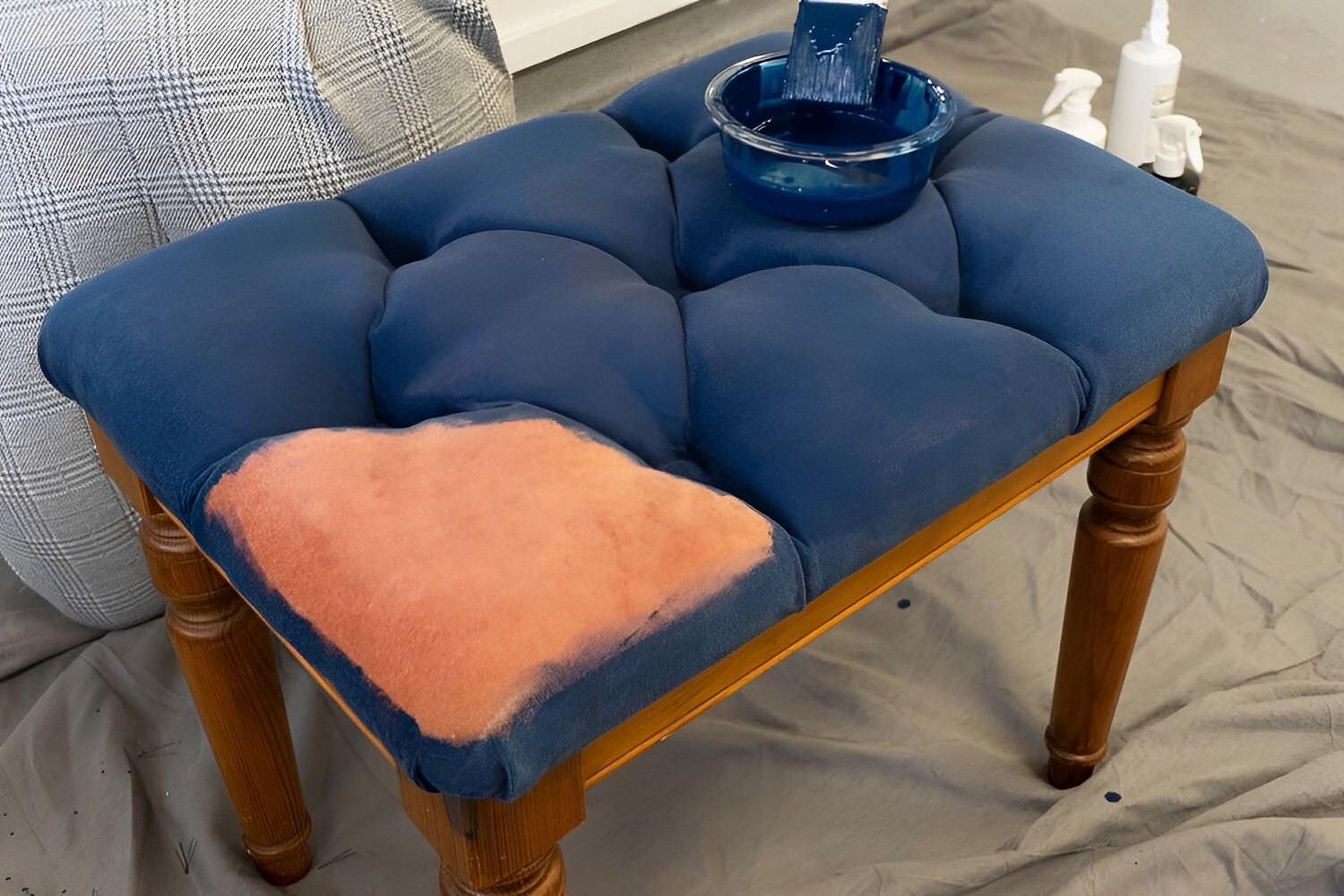
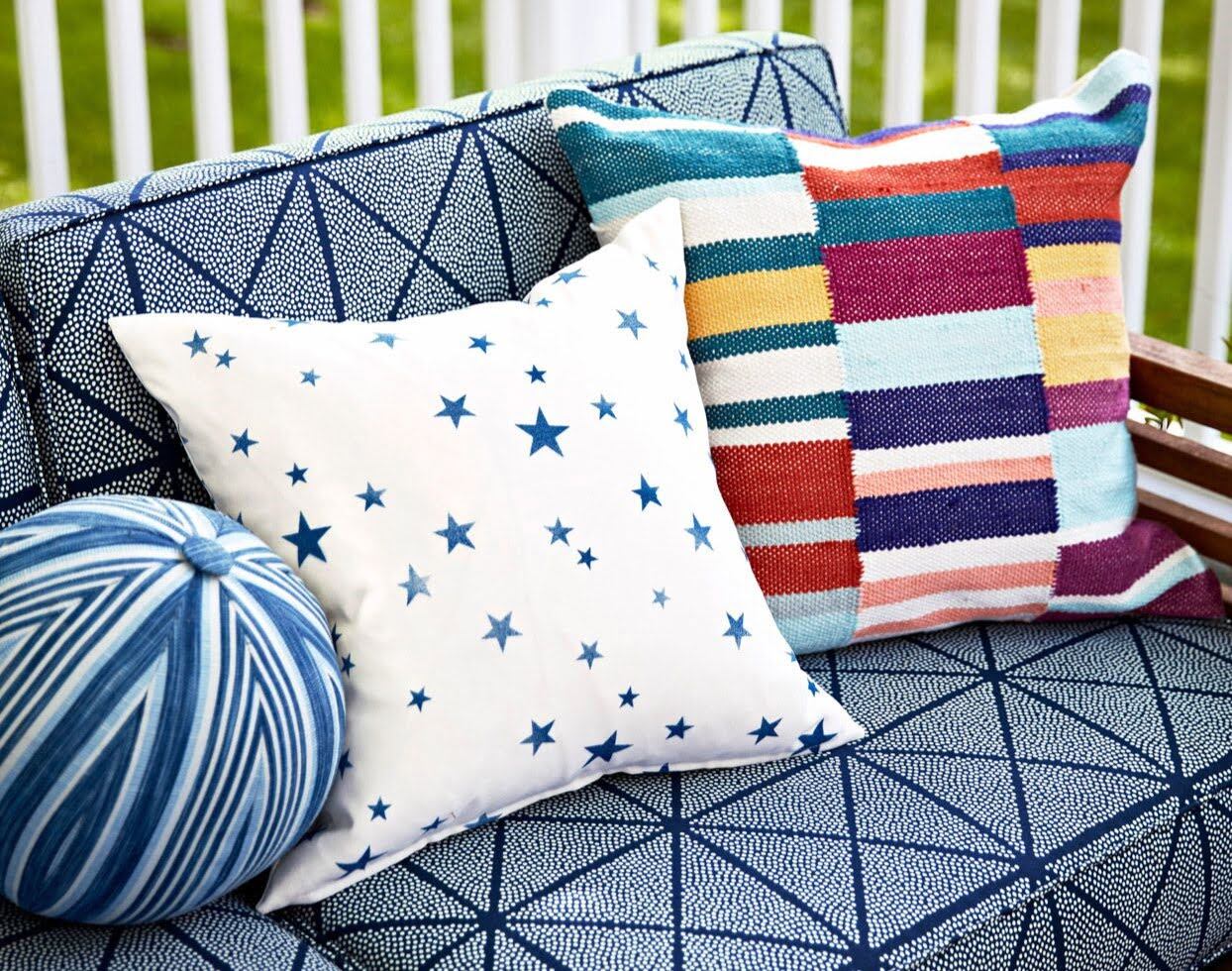
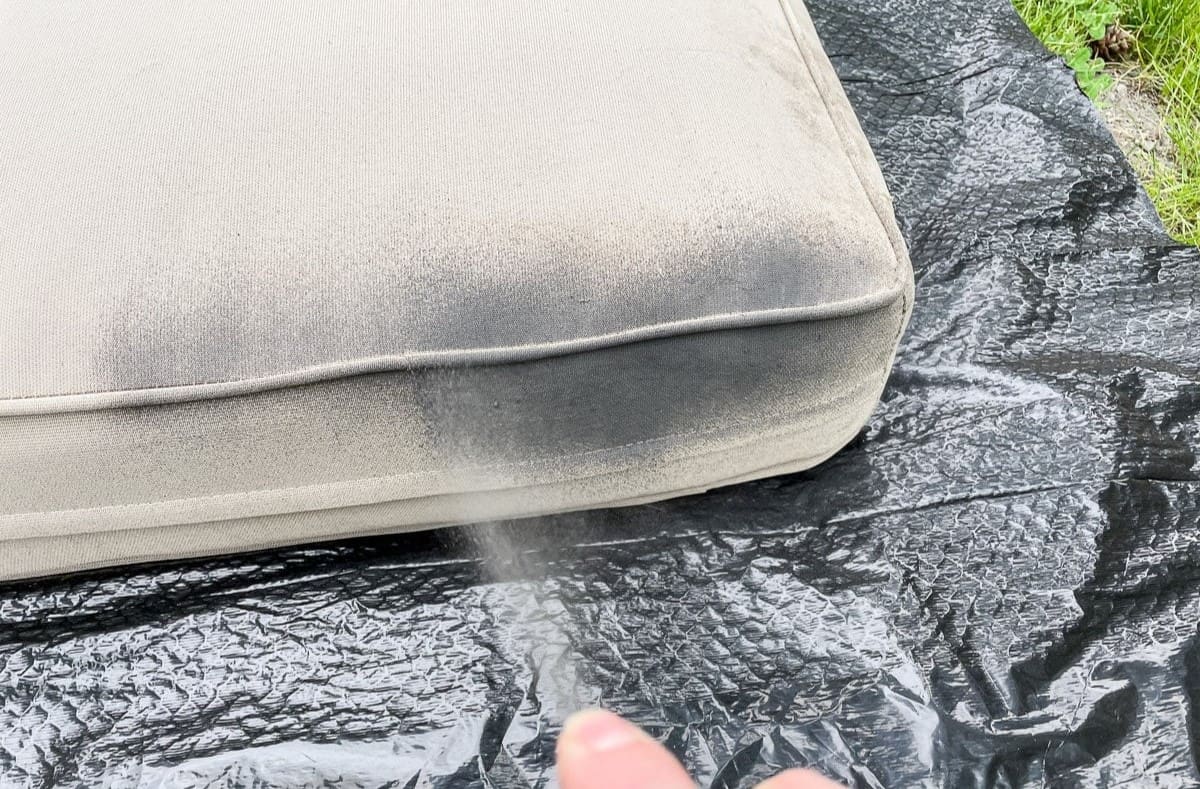
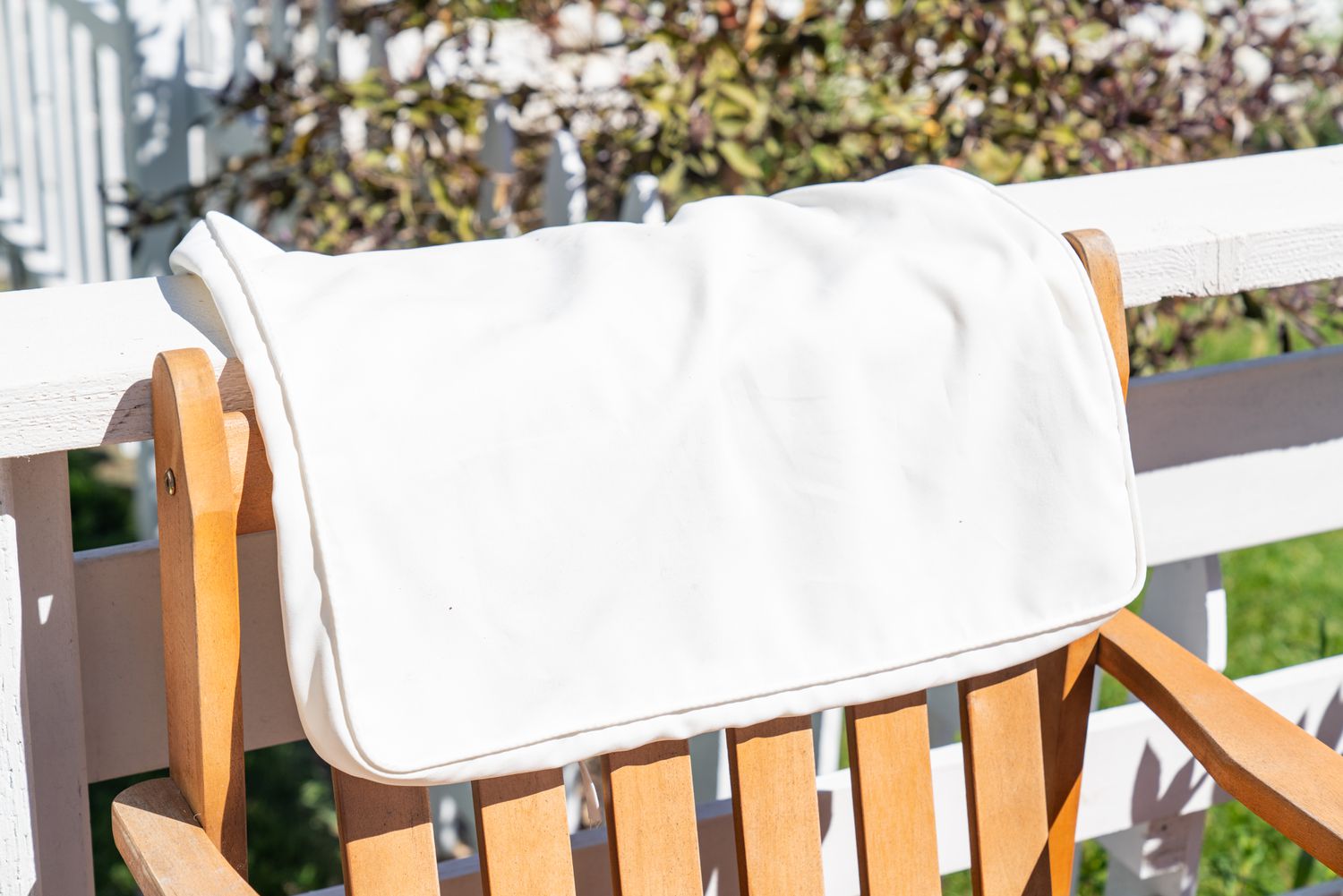
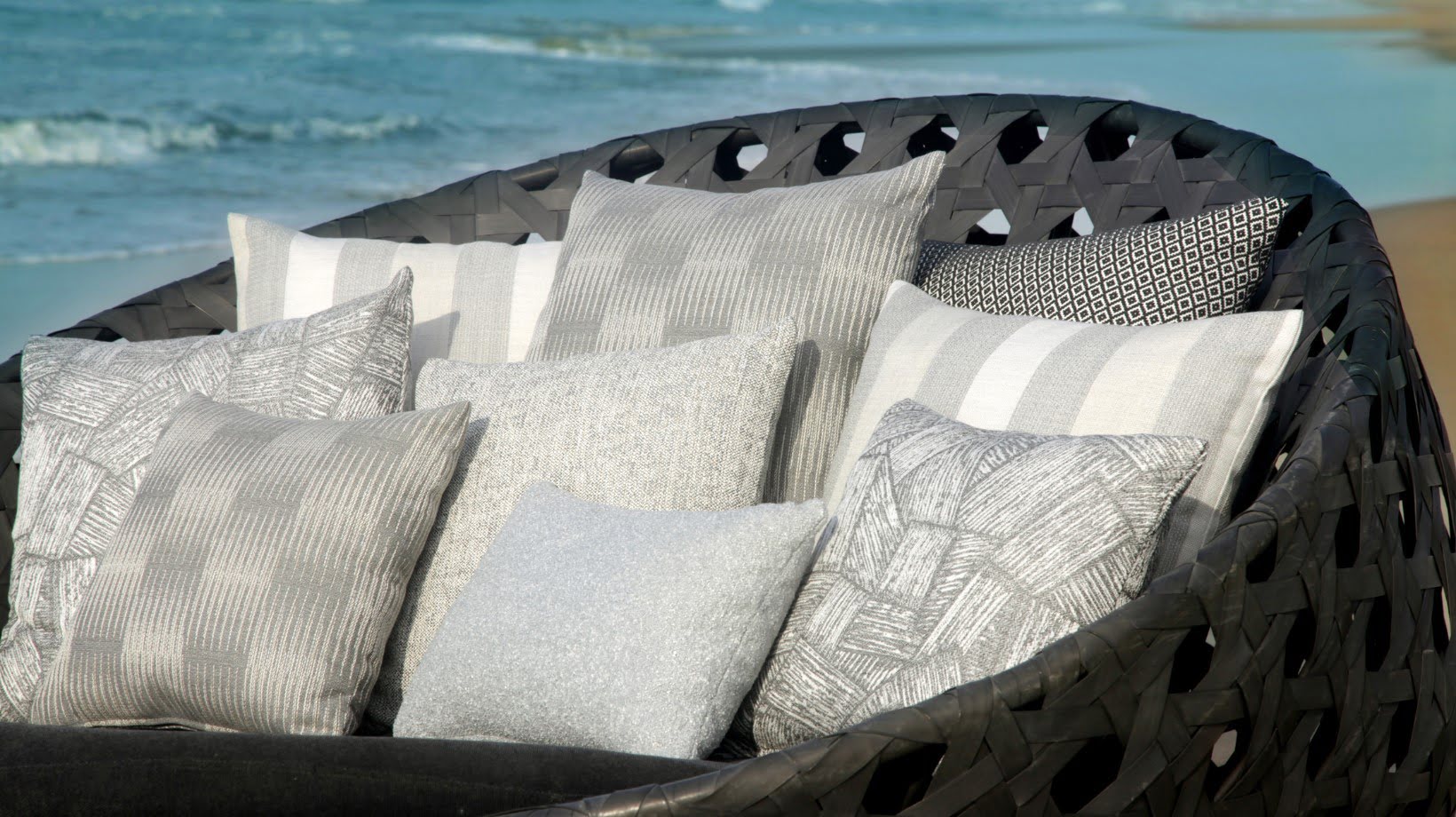
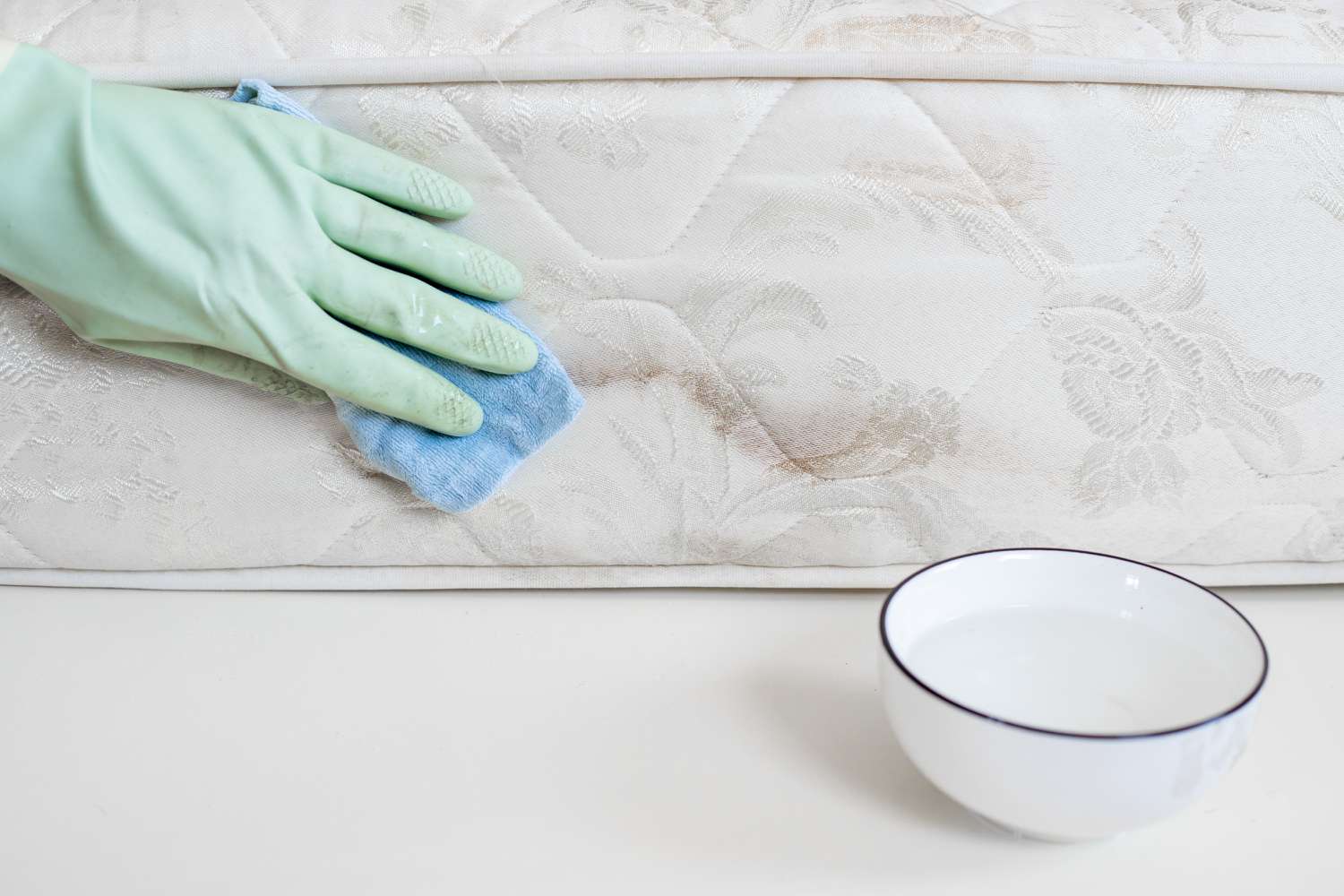
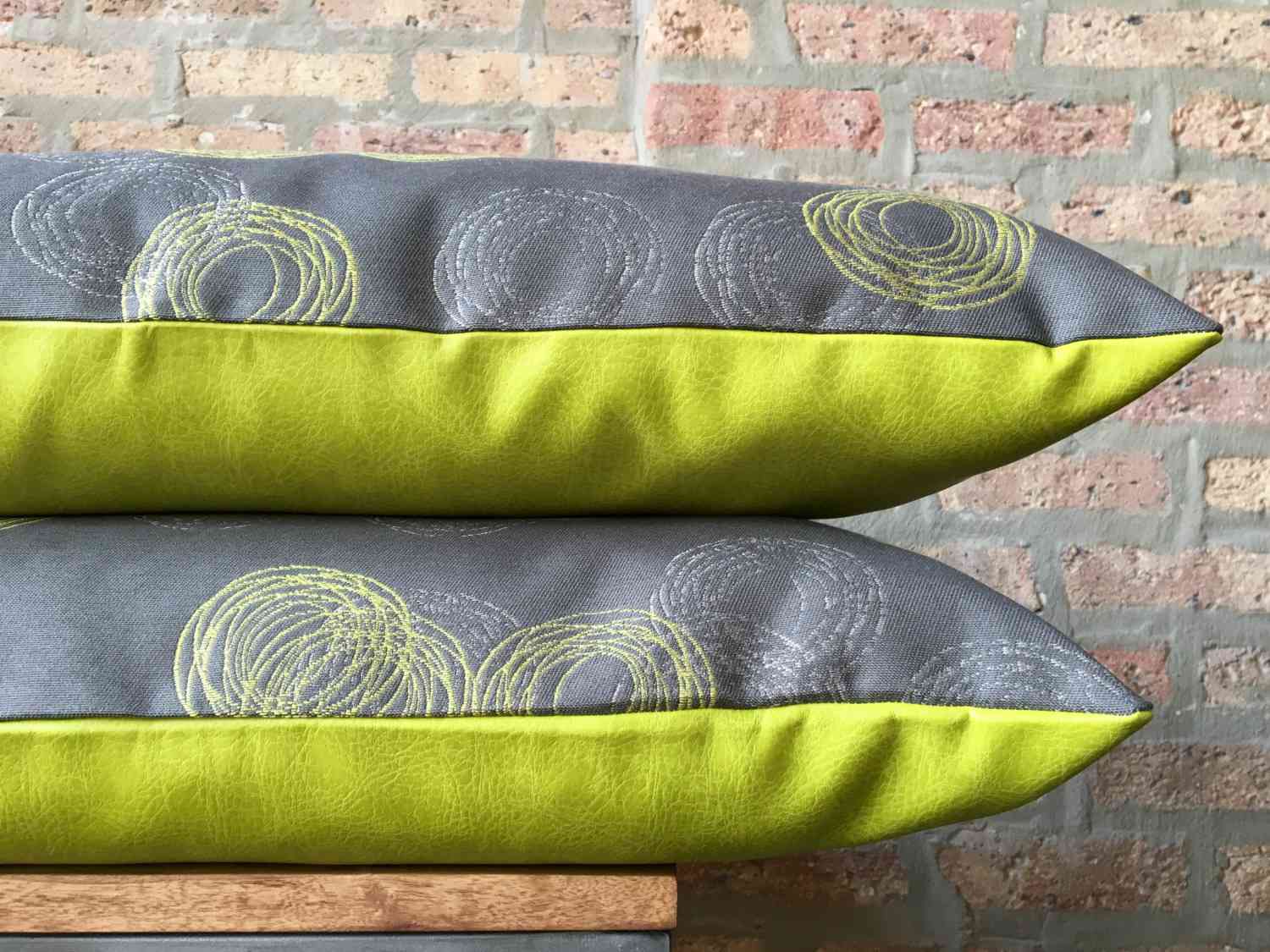
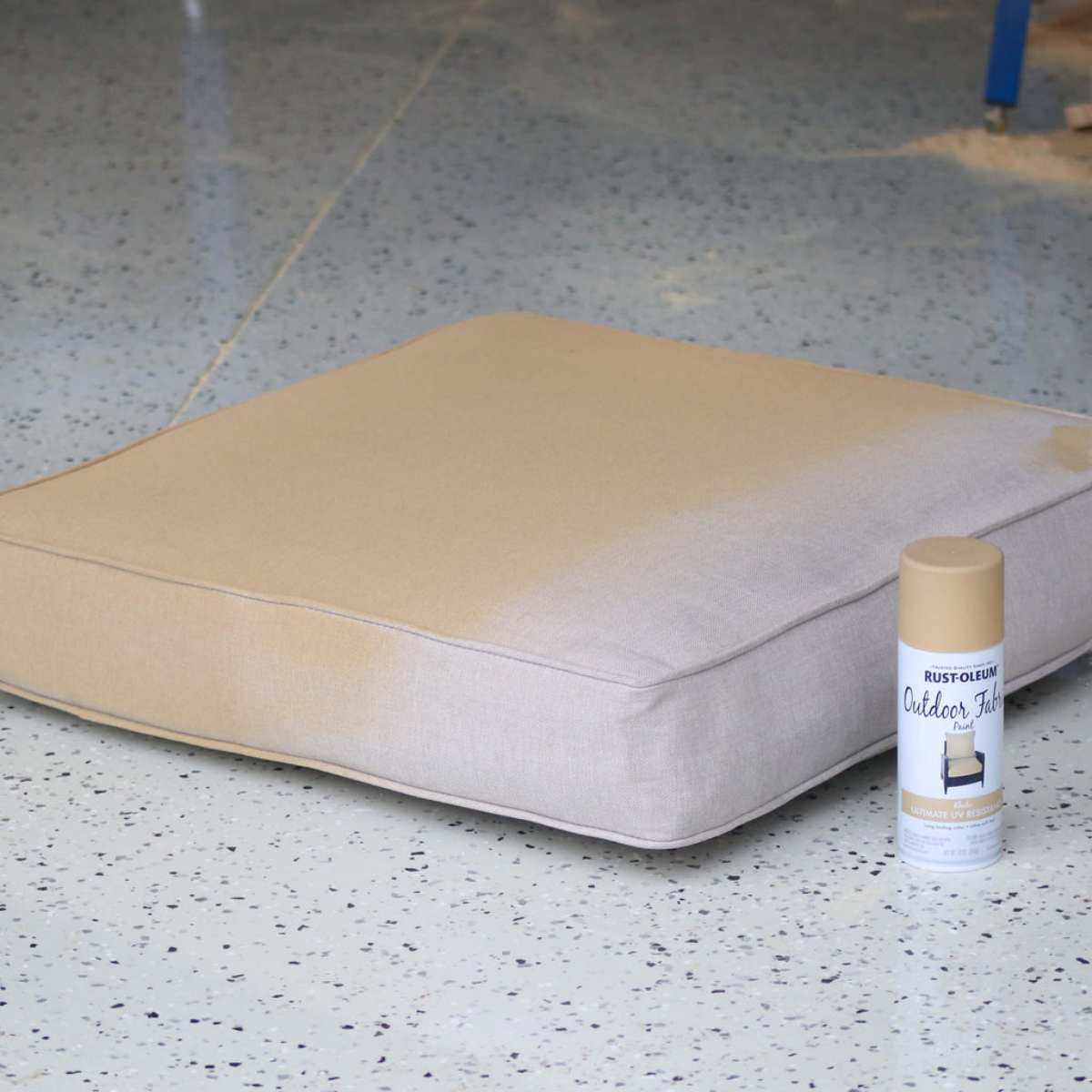
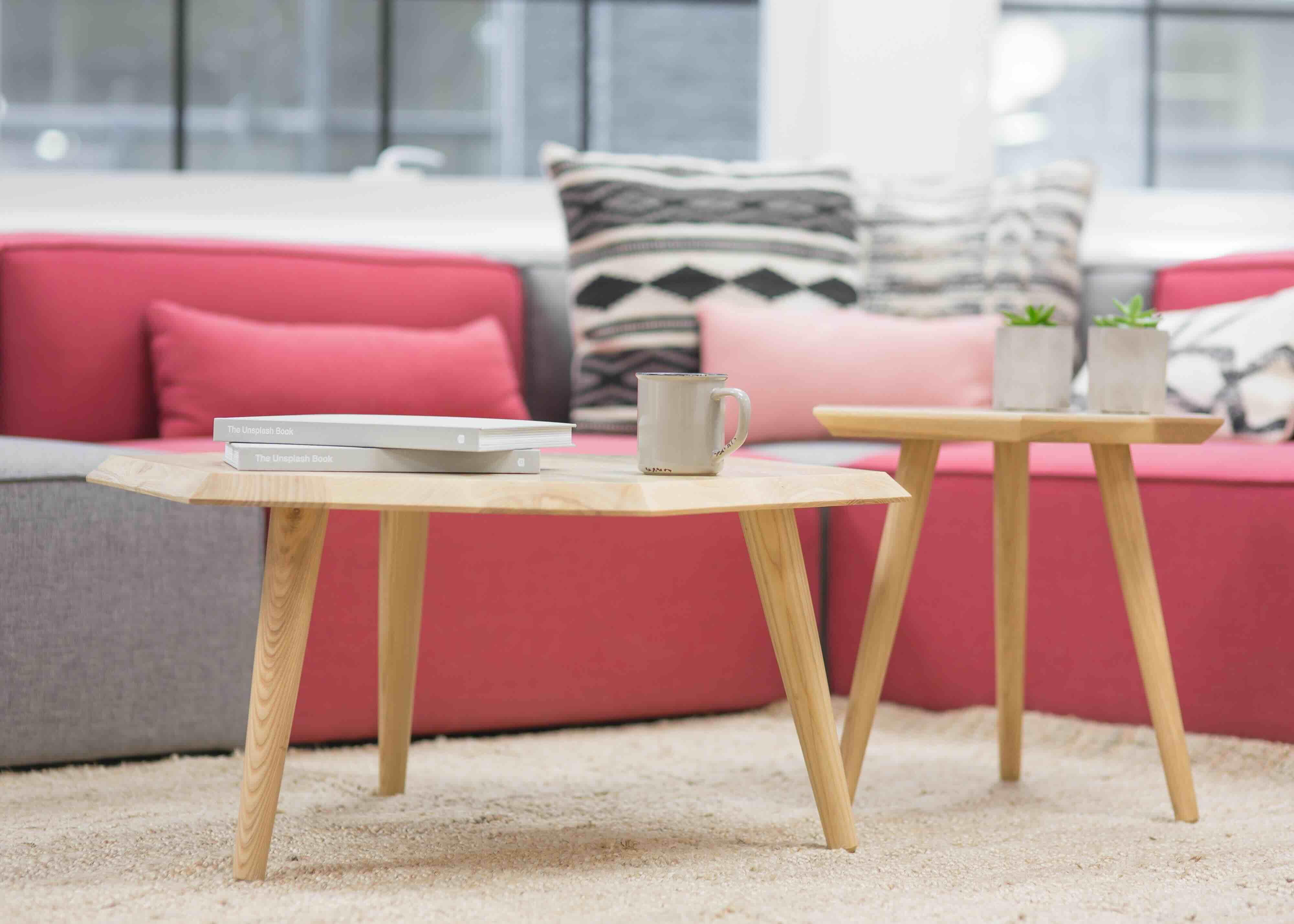
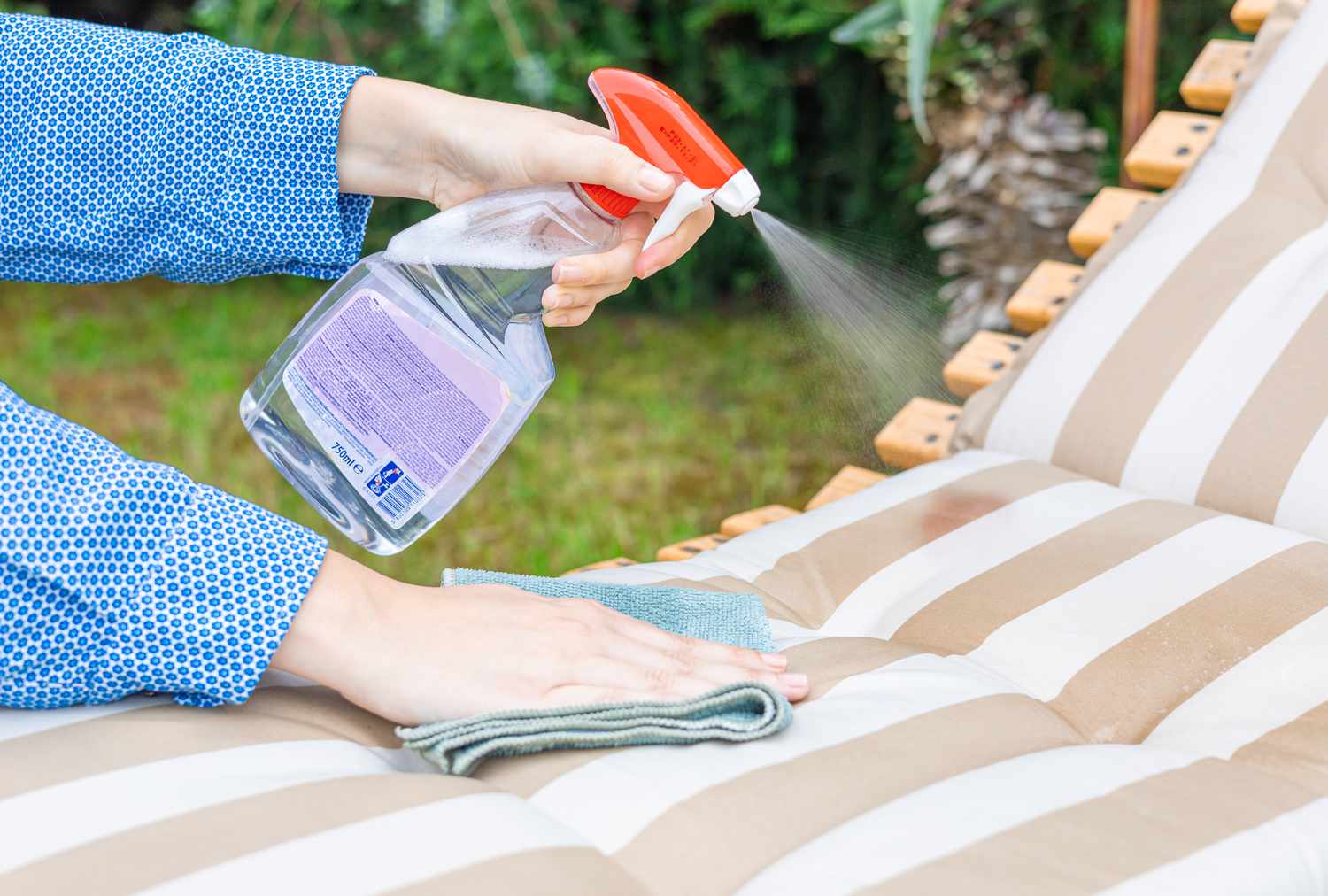
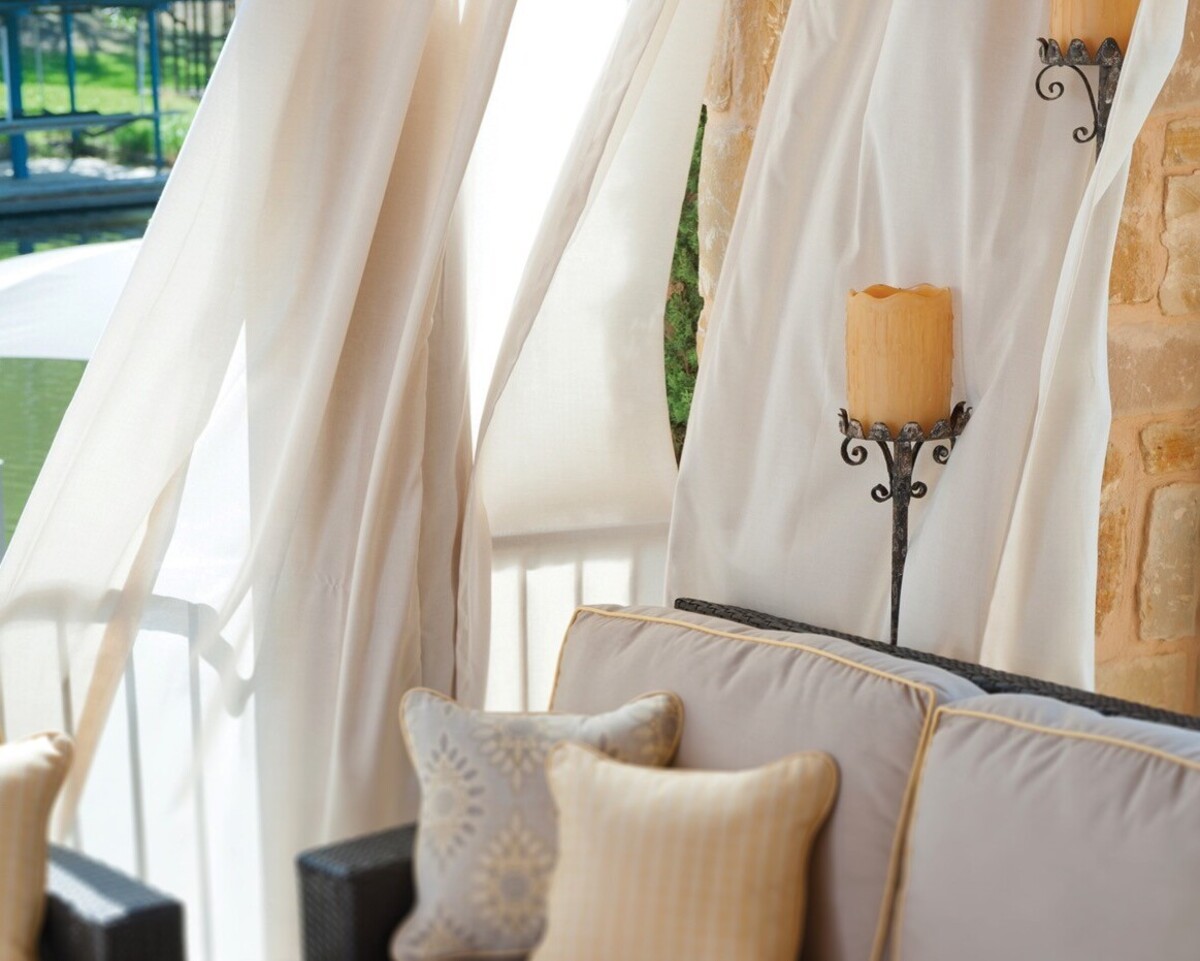
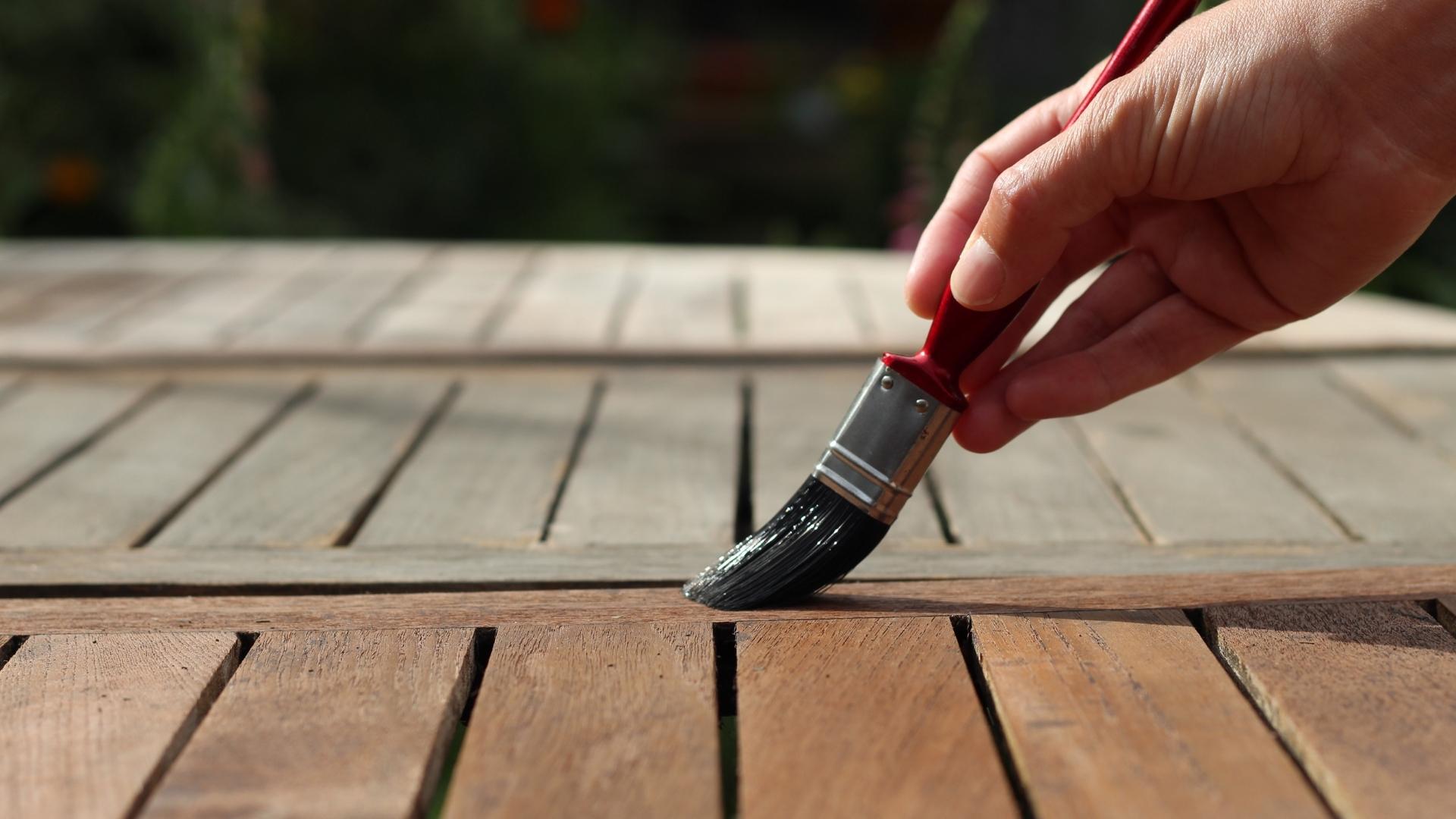

0 thoughts on “Outdoor Furniture And Fabric Ideas”